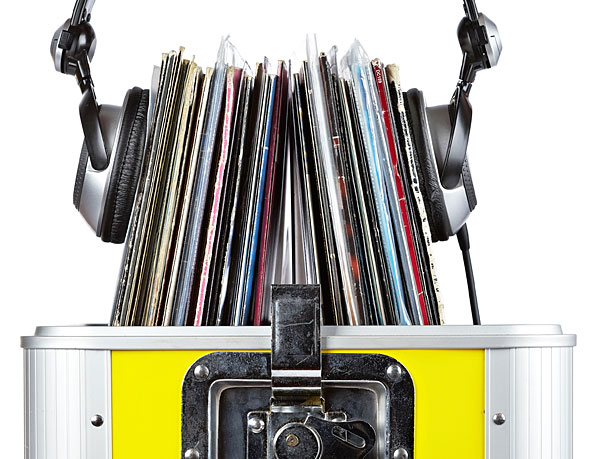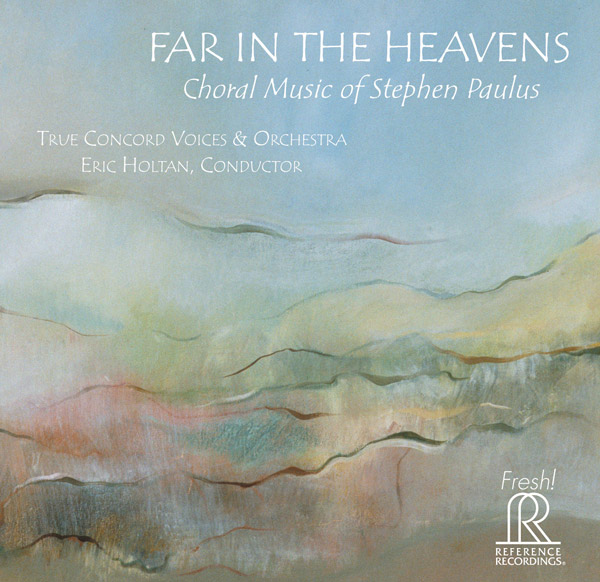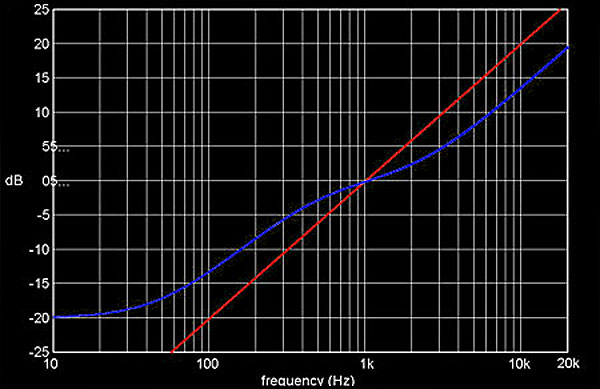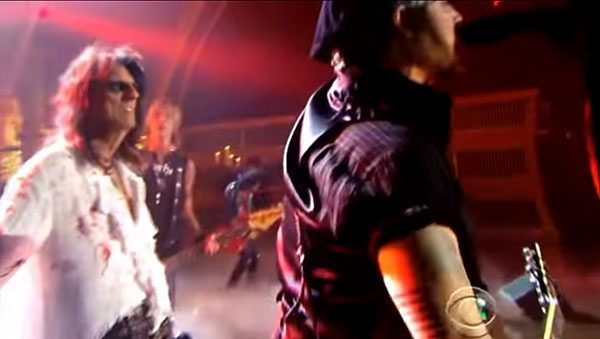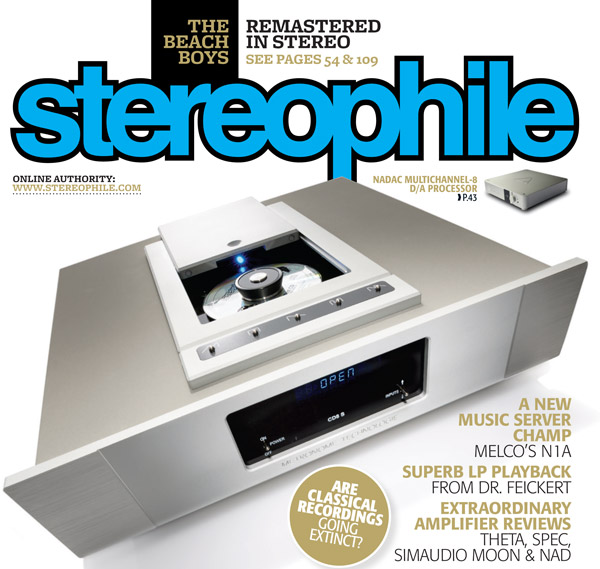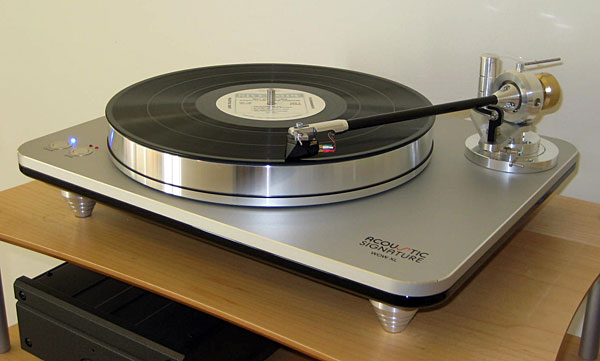LATEST ADDITIONS
Metaphor 2 loudspeaker
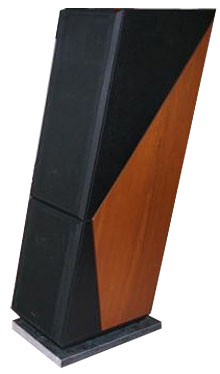 "Wow!" Jerome Harrisjazz guitarist, bassist, and composerstopped talking and listened intently to the rough-mixdown dub of his latest album, Hidden in Plain View: The Music of Eric Dolphy (New World 80472-2 CD) (footnote 1). He'd brought it by my house in order to hear it on another system before pronouncing judgment. "That sounds like us! And I ought to know because I was there..."
"Wow!" Jerome Harrisjazz guitarist, bassist, and composerstopped talking and listened intently to the rough-mixdown dub of his latest album, Hidden in Plain View: The Music of Eric Dolphy (New World 80472-2 CD) (footnote 1). He'd brought it by my house in order to hear it on another system before pronouncing judgment. "That sounds like us! And I ought to know because I was there..."
It wasn't the first time the Metaphor 2s had totally transfixed a visitor with their accurate portrayal of a musical event. This time, however, they'd done it to one of the participants of that specific performance. It isn't as if it was easy stuff to disentangle, either. Jerome's disc is texturally dense: Marty Ehrlich and Don Byron on reeds, Ray Anderson on trombone, E.J. Allen on trumpet, Bill Ware on vibes, Bobby Previte on drums, and Jerome himself on acoustic bass guitaroccasionally all wailing away simultaneously. The Metaphor 2s have the articulation to sort out all of those interweaving melody and rhythm lines, the frequency balance to render them with astonishing timbral veracity, and the speed to ensure that, even with four drivers in a large enclosure, it all arrives at the same time and with swing aplenty. Does it sound as though I'm describing one hell of a speaker? I think so anyway.
A Classical Bonanza at the 2016 Grammys
The Weakest Link
JVC XL-Z1050TN CD player
Grammy Tributes
Katz's Corner Episode 10: Mid-Priced Sealed Headphone Survey
Hooo boy! Bob pulls out all the stops in his latest episode.
This is a little treasure trove of incisive opinion on a bunch of pretty darn good $150-$500 full-size sealed headphones.

